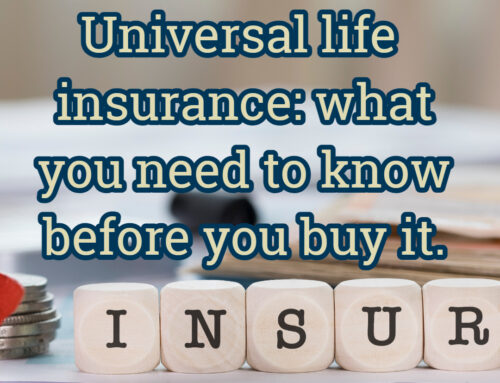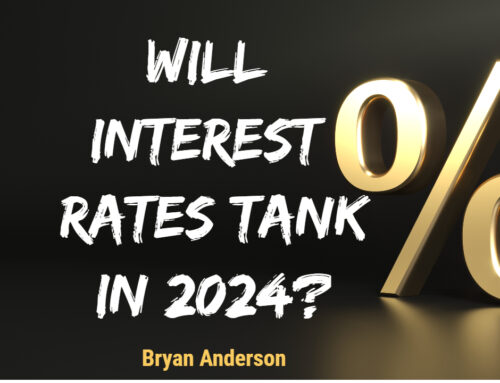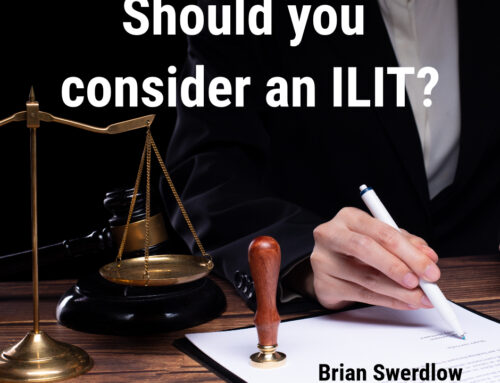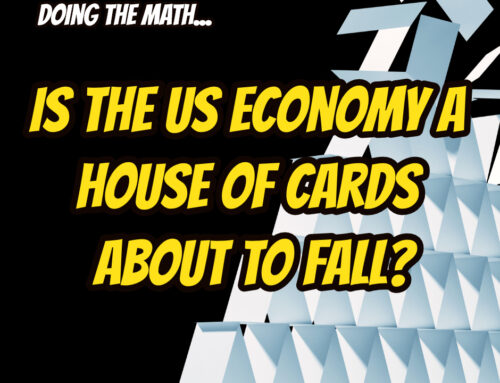“Buy term and invest the difference” is a piece of financial advice most people would be wise to ignore.”- Teresa Kuhn.
Years after being discredited by most many financial advisors and educators, “buy term and invest the difference,” or BTID, is still going strong in some circles. It’s one of those pieces of dubious financial wisdom that seems, on a superficial level, to be self-evident.
But is BTID the most efficient way to grow and protect wealth? Is taking on market risk worth gains that may not be as awesome as they appear? Can anyone near retirement afford to lose even a cent of the money they have saved?
Nearly everyone has a friend, colleague, mom, or dad who zealously advocates for the BTID principle. These people refuse to consider the merits of permanent life insurance (whole life) and purchase only term insurance with lower premiums. The second part of BTID, the investment part, is where things can go sideways. That’s because only a fraction of the people who choose term over whole life bother to invest the difference. The lower premiums of term life can make people feel like they suddenly have a lot of “extra” money in their pockets. So, true to human nature, many of them wind up spending the money instead of investing it.
Term insurance does serve a purpose, though, especially for people in the early stages of their financial lives with young families to protect. For specific individuals, term life can provide peace of mind and protection. The biggest downside of term life that I see is that you get no benefit from it until you die. Since the typical term policy is issued from age 30-60, most people will never get the death benefit because you only receive that benefit if you die while your policy is in force. Term insurance feels, to some extent, like wasted money.
As I mentioned, term insurance can be an excellent tool for achieving peace of mind, especially in your younger years. It’s the BTID myth with which I take issue. BTID advances the notion that term insurance combined with investments outperforms specially-designed whole life insurance. At first glance, whole life appears to have higher premiums than term. Technically, that’s correct, but it’s not the entire story.
The buy term and invest the difference myth hangs its’ popularity on the idea that you’re getting more for your dollars with a term policy. You can then, say the pundits, take your “savings” and make a profit by risking it in the market. You’ll get rich!
Meanwhile, the most popular term policies do not increase your death benefit level during the policy’s term. If you purchase a term policy with an increasing benefits rider, it may not keep pace, especially our current post-COVID inflation. This means that there is no solution for the inflation that keeps chipping away at your policy’s value.
As I pointed out earlier, the promises of BTID seldom materialize, causing people to miss out on one of the best-kept secrets of modern money management-modified whole life insurance. When you use dividend-paying whole life insurance to manage your cash flow and grow your wealth safely, you will have less exposure to risk, more tax advantages, and you’ll always know how much you have in your account at any time.
When you need to use the money in your policy, it’s available to you without strings and penalties or broker fees.
Understand that not just any “off-the-rack” policy will give you these features and advantages. If you wish to explore the concept, you will want to find someone specializing in designing and managing these “turbocharged” permanent life policies. If you’d like more facts and figures about using specially-designed whole life insurance to protect and grow your wealth, reach out to me, and I will point you in the right direction.






